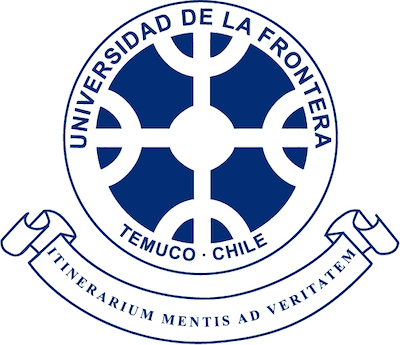
Mining

It is commonly observed in the mining industry that the management of information is scattered, sometimes unreliable and often not available as promptly as operators or metallurgists would require. Therefore, making the right decisions to optimise the existing business value behind the operations is difficult to accomplish. The objective of this section of the Anillo Project is to develop new and improved technologies to provide relevant information to metallurgists and operators about the processes they lead in a timely manner.
There are two aspects the activities within the project will attempt to reconcile: on one hand, relevant parameters of the processes must be identified and; on the other hand, the technology needs to be developed to evaluate such parameters robustly and in a timespan coherent with the operations requirements.
The development of such applications to the mining industry also entails the assessment of variables which are not currently available on-site to metallurgist and operators. For example, we are currently starting a project in the field of froth flotation which may revolutionise the way the operation is conceived. The assessment of bubble loading in industrial flotation cells is sought after using ultrasound signal analysis. Achieving a statistically robust estimation of bubble loading will permit not only improving the understanding of fundamentals associated with the selectivity of the operation but also identifying weaknesses in the performance of every one of the phases involved in the mineral separation. The latter is expected will make possible to improve the performance of isolated froth flotation cells, flotation banks, and full industrial flotation circuits enabling the generation of new and better technologies to assess the process.
The project consists of a series of stages aiming at emulating comprehensively a real flotation operation by incorporating progressively each one of the components present in a real cell into an ideal system and analysing the signal resulting from the interactions between matter and energy. Firstly, a two phase water-air system will be assessed being the water the continuous phase and the air the dispersed phase. Secondly, the third phase consisting of solid particles predominantly hydrophilic will be introduced in the system at different solids percent and for various particle density values. Then, the hydrophobicity will be included and the concentrate characteristics will be systematically studied via the evaluation of water recovery, froth depth and structure and both elemental and mineralogical analyses. Decoupling the contribution of each one the elements present in a flotation cell (solid particles attached to bubbles, solid particles suspended, air bubbles, liquid phase) in the resulting signal will be used to quantify the bubble loading in real froth flotation systems.
The application of signal analysis techniques using various signal sources and detectors will not be restricted to froth flotation studies. It will be extended to other fields within mineral processing and metals extraction of various elements such as applications in the fields of metal leaching in heaps, solvent extraction and electrowinning operations will be developed in the foreseeable future under the umbrella of the Anillo Project.
On the other hand, bubble size and the volumetric fraction of gas inside the flotation device, also known as gas holdup, are variables that characterize how gas is dispersed into bubbles in the flotation process. In conjunction with bubble loading previously described they play an important role in determining the metallurgical performance of the flotation process. Some sensor devices to measure these variables have been developed mainly for diagnosis purposes with limited application to monitoring and control. This project aims at developing real-time sensors for bubble size and gas holdup in flotation systems based on ultrasound signal processing for on-line applications. To that end, an ultrasound emitter-receptor arrangement will be installed across a flotation column running under a two phase system. Ultrasound signals will be then recorded for specific sets of known operational conditions such as gas rate and frother concentration. Bubble size distribution and gas holdup will be monitored using image processing analysis and pressure signals respectively which provide accurate results for an air-water system. Then, a soft-sensor based ultrasound signals will be developed and validated. Experimental tests will be then extended to include solid particles.
The previously described research projects focus on the development of on-line sensors that provide real-time information about the process status for monitoring, control and optimization purposes. Another research area undertaken in this anillo project is that related to the optimization of flotation banks which are serial arrangements of flotation cells. The objective is to determine how to operate each cell in a bank, i.e., a policy, in order to optimize the overall flotation bank performance. Although a flotation bank is the simplest cell interconnection in a circuit how to solve this optimization problem is far from obvious. The complexity lies in the fact that due to the serial arrangement of a flotation bank, a decision taken in any cell will affect the achievable performance on the downstream flotation cells. This project seeks for algorithms that efficiently search for the optimal process operating point.
 Proyecto Anillo
Proyecto Anillo


